Cats
How to Train My Pet Properly?
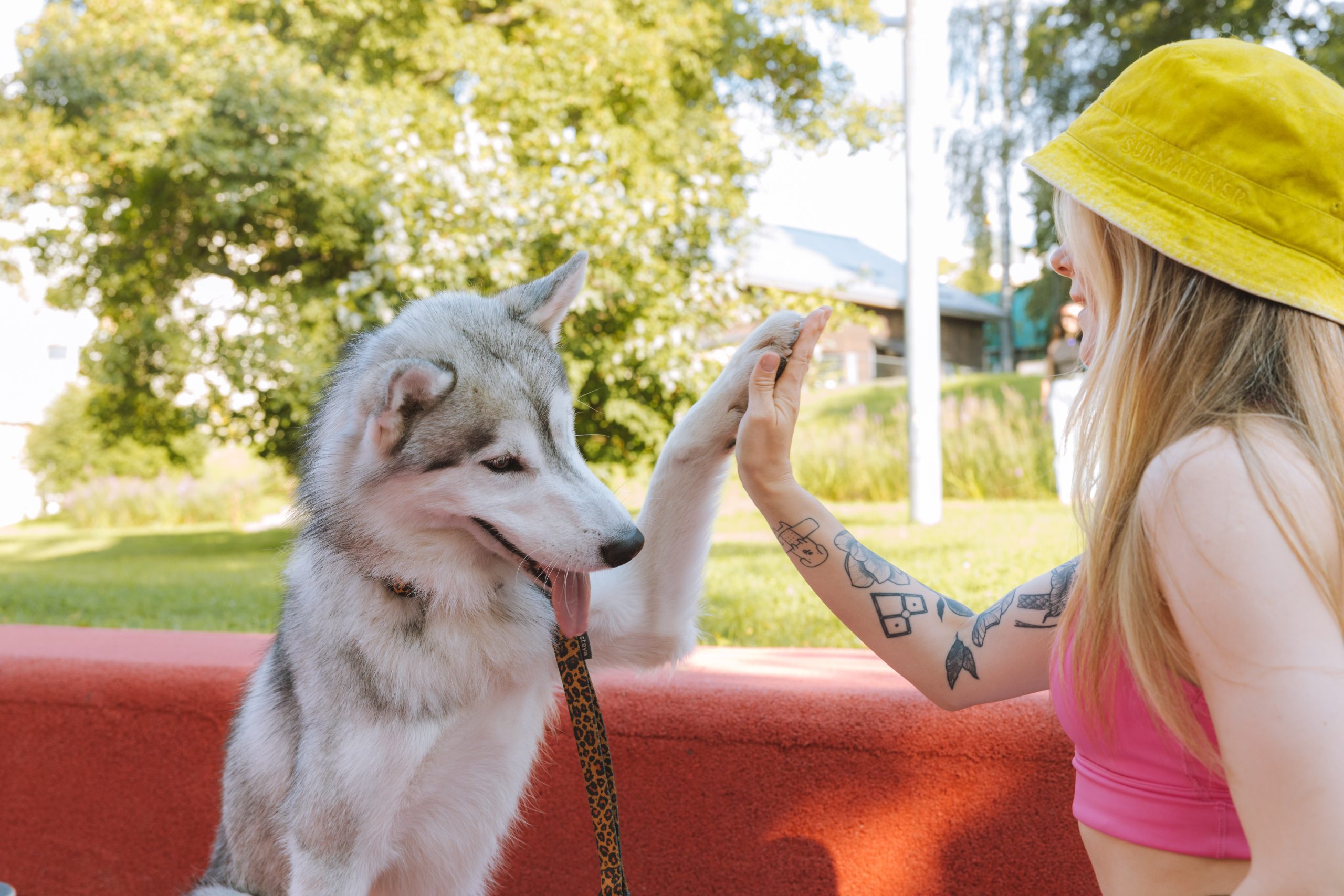
Training your pet properly is essential for a happy and healthy relationship between you and your furry friend. Proper pet training is a process that requires patience, consistency, and the right guidance. It can be daunting to train your pet at first, but if done correctly, it can be an incredibly rewarding experience for both you and your pet. In this blog post, we’ll discuss how to train my pet properly and provide helpful tips for a successful pet training journey.
Why You Should Train Your Pet
Training your pet properly is an important part of responsible pet ownership. Not only does it help ensure that your pet behaves in a safe and socially acceptable manner, but it also helps to develop a strong bond between you and your pet. Training also provides structure and mental stimulation for your pet, which is important for both their physical and mental health. Additionally, if your pet does misbehave, having been trained properly will make them more likely to respond positively to corrective measures. For your pet to get the most out of their training, you must do it properly. This means providing consistent rewards when they do something correctly and correcting any bad behavior. Doing so will help ensure that your pet learns the behaviors you want them to and can better understand your expectations.
The Different Types of Training
When it comes to training your pet, there are a few different types of training you should be aware of. Positive reinforcement, negative reinforcement, and punishment are all techniques that can be used when training your pet.
Positive reinforcement is the most widely used technique for training pets. This involves rewarding desirable behaviors with treats or praise, which encourages the pet to repeat these behaviors to receive further rewards. For example, if your dog sits on command, you can reward them with a treat or a pat on the head. This will teach them that sitting leads to something pleasant, so they are more likely to continue the behavior.
Negative reinforcement is similar to positive reinforcement, but instead of rewarding the desired behavior, it takes away something unpleasant. For example, if your dog barks excessively when you leave the house, you could ignore the barking until they stop. Once they have stopped barking, you can reward them with praise or a treat. This teaches them that their barking will not be rewarded, so they should not continue it.
Punishment is a less commonly used training technique. It involves punishing undesired behaviors with something unpleasant. This technique should only be used as a last resort and it should be used sparingly. For example, if your dog jumps on the couch, you can spray them with a water bottle to startle them and discourage them from jumping on the furniture again.
No matter which technique you use, consistency is key when training your pet. Be sure to reinforce desired behaviors immediately and consistently to ensure your pet learns quickly and effectively.
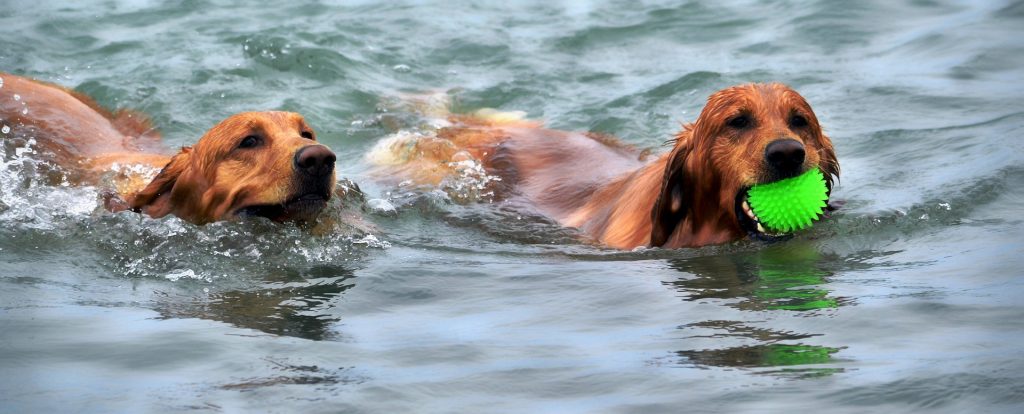
What Equipment You Will Need
When training your pet, there are a few essential items you will need to have to ensure successful and positive outcomes.
- A collar and leash – this is important for teaching your pet basic commands like “heel” and “sit”. It is also useful for keeping them safe and secure when out and about on walks.
- Treats – treats are a great way to reward your pet for good behavior. It is best to use something small and soft, such as a tiny piece of cheese or a bit of cooked meat.
- Clicker – a clicker can be used to mark the desired behavior and provide positive reinforcement. This helps your pet to understand that they have done something correctly.
- Toys – using toys can make training sessions fun and keep your pet motivated. This can also be helpful if you are trying to teach them more complicated tricks.
- Patience – while you may be eager to get started with training your pet, it is important to remember that patience is key. Depending on your pet’s breed, age, and personality, the training process may take some time.
Having all the right equipment will help make the process of training your pet much smoother and enjoyable for both you and your furry friend!
The Training Process
Training your pet can be a rewarding experience. It is important to remember that while training your pet can be fun, it also requires patience and consistency. Here are some tips on how to begin the training process:
- Start with basic commands like sit, stay, and come. Use positive reinforcement by providing your pet with a treat or other reward when they obey the command. Repetition is key in this process.
- Make sure to use the same words for each command. This will help your pet understand what you are asking them to do.
- Avoid using physical punishment as a form of discipline. This will only create confusion and can lead to a negative relationship between you and your pet.
- Build up to more difficult tasks by introducing them gradually. Break down the commands into smaller steps and reward your pet for completing each step successfully.
- Keep training sessions short and interesting. If your pet seems to be losing focus, take a break and then come back to it later.
- Stay consistent with the commands and the rewards you provide. This will help your pet understand what behaviors are expected of them and give them the incentive to repeat them.
- Praise your pet often when they behave well or perform a task correctly. This will help reinforce their good behaviors and encourage them to continue following your instructions.
By following these steps, you should be able to start training your pet properly. Remember to be patient, consistent, and positive throughout the process and you will be able to achieve great results!
Troubleshooting
Training your pet can be a difficult task, and it can be frustrating when your pet doesn’t seem to be learning. If you find yourself having trouble, here are some tips to help troubleshoot the problem:
- Change up your training techniques – Different animals learn differently, so try different methods to see what works best for your pet.
- Take breaks – If your pet struggles with the task, take a break and return to it later.
- Make it fun – Make sure to reward your pet when they’ve done something right. Positive reinforcement will help them learn faster and help keep them motivated.
- Be patient – Don’t expect miracles overnight. Training takes time and patience, so don’t get discouraged if your pet isn’t picking things up quickly.
- Get help – If you’re struggling, consider getting help from a professional animal trainer or behaviorist. They can provide personalized advice and guidance tailored to your pet’s individual needs.
Read Also :
Best ways to discipline a cat
The Power of Socialization in Calming Dog Aggression
0 Comments
Leave a Reply
Cancel reply
Cats
Tips for Taking Care of a Pregnant Cat
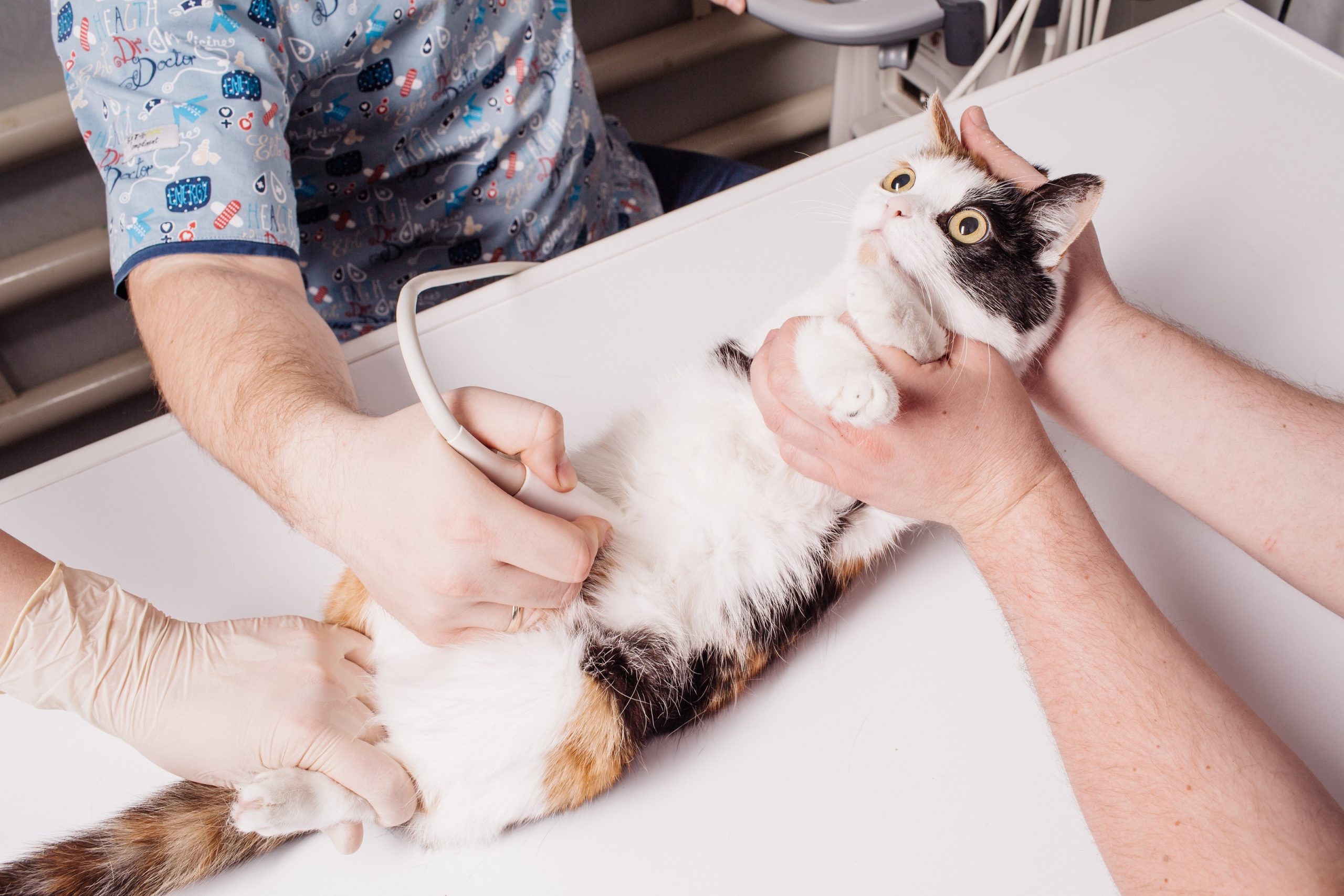
Having a pregnant cat can be a wonderful, but sometimes overwhelming experience. With the proper guidance and care, however, you can help make sure that your pregnant cat has a safe and healthy pregnancy. Taking care of a pregnant cat is relatively simple and involves making sure she has a comfortable home, nutritious food, and regular veterinary check-ups. In this blog post, we will cover the basics of feline family planning and provide some helpful tips for taking care of a pregnant cat.
Cats
Signs of Cat Pregnancy Week by Week
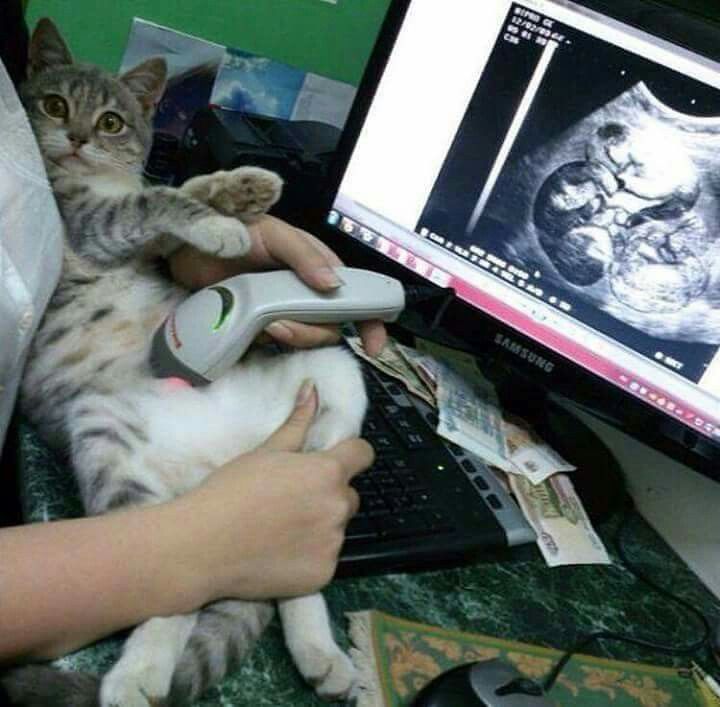
If you’re a cat owner, you may have noticed signs of your cat’s pregnancy and are wondering what to expect. Knowing the signs of cat pregnancy by week can help you better understand and monitor the changes your cat is going through during her pregnancy. In this blog post, we’ll discuss the various signs of cat pregnancy and what to expect from week to week.
Cats
Why Kittens are Born Dead or Deformed
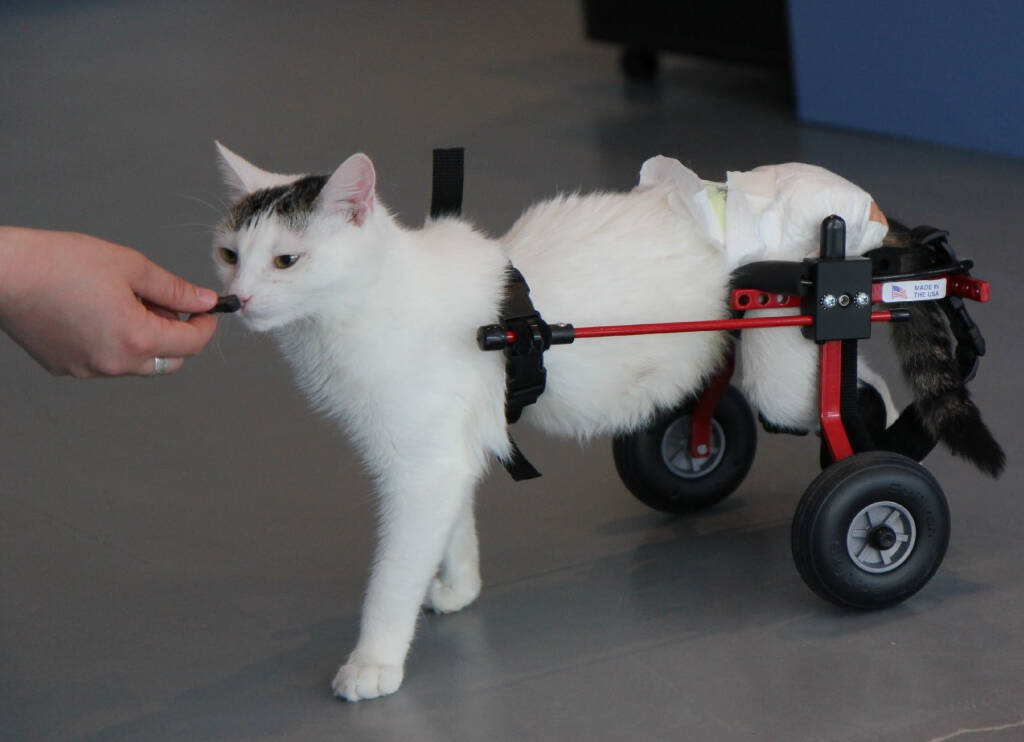
No one expects to find dead or deformed kittens in a litter, but sadly this does happen from time to time. In this blog post, we will discuss the reasons for the birth of dead and deformed kittens, as well as what can be done to prevent this from occurring. We will also discuss how to properly care for these kittens if they are born alive. By understanding the causes and effects of dead and deformed kittens, we can better support our furry friends in need.
Trending

 Cats1 year ago
Cats1 year agoDon’t Feed Your Cat These 8 Foods!

 Cats11 months ago
Cats11 months agoWhy Do Cats Spray and How Can You Stop Them? Insights into Urine Spraying in Male Cats

 Cats10 months ago
Cats10 months agoThe Ins and Outs of Cat Sterilization: Removing the Female’s Ovaries

 Cats10 months ago
Cats10 months agoPre-Vaccination Prep: Getting Your Cat Ready

 Cats9 months ago
Cats9 months agoWhy Kittens are Born Dead or Deformed

 Dogs2 years ago
Dogs2 years agoSo You’re Thinking About Getting a Poodle

 Dogs10 months ago
Dogs10 months agoWhat to Do With Your Dog’s Body After Death: A Guide for Pet Owners

 Cats9 months ago
Cats9 months agoSigns of Cat Pregnancy Week by Week




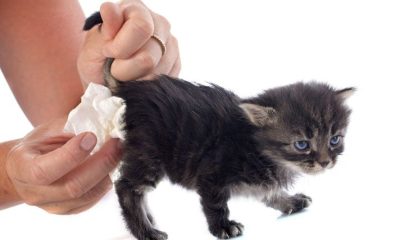





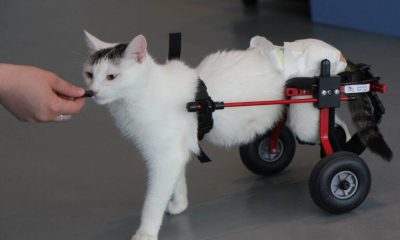



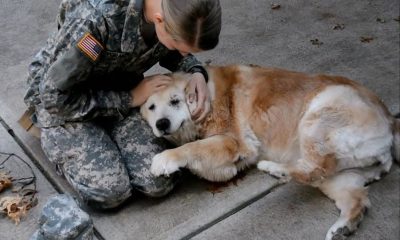



Pingback: The Top 5 Gifts We Give Our Dogs for a Happier Life
Pingback: Everything You Need to Know About Boxer Dogs
Pingback: 5 Activities Cats Love to Engage in That Will Keep Them entertained